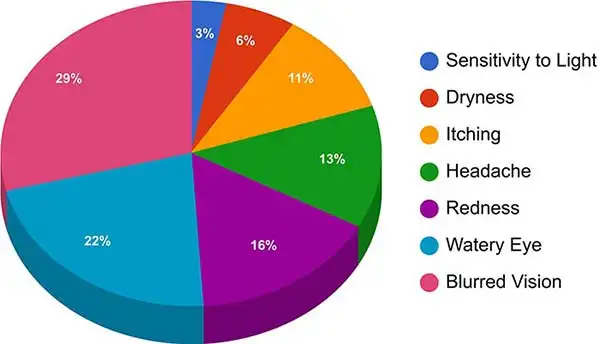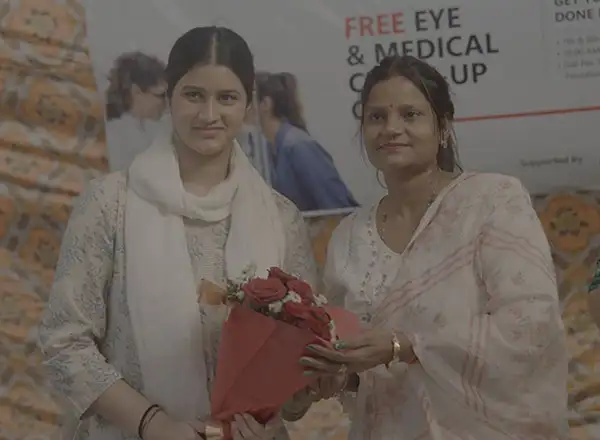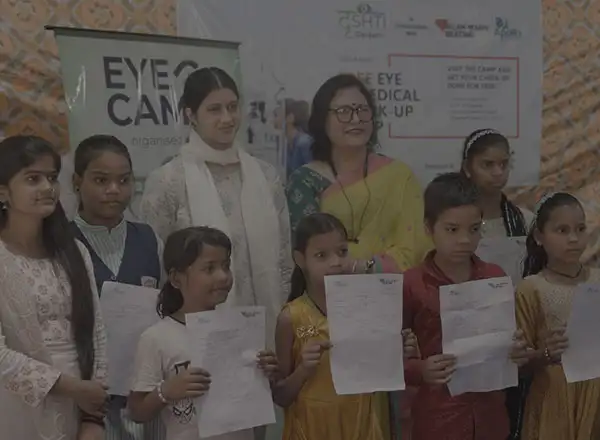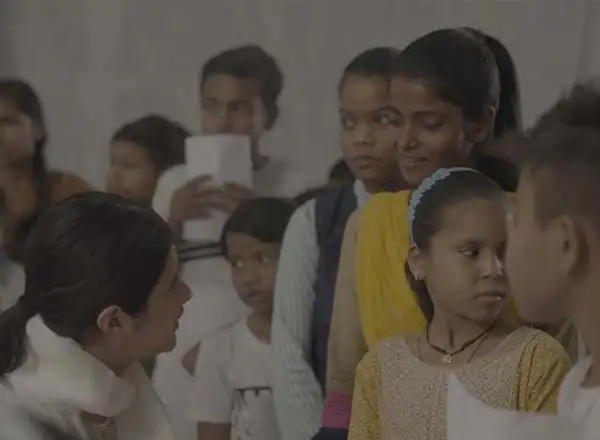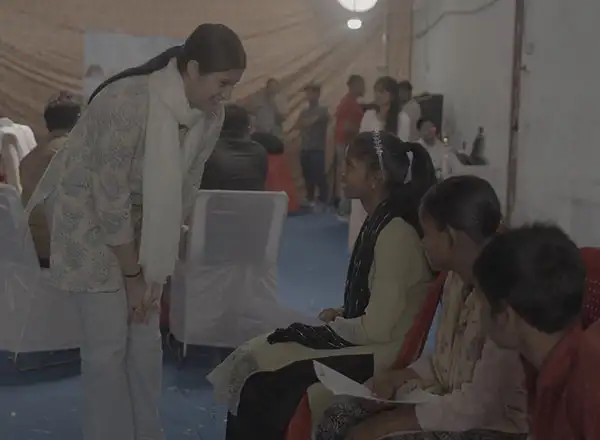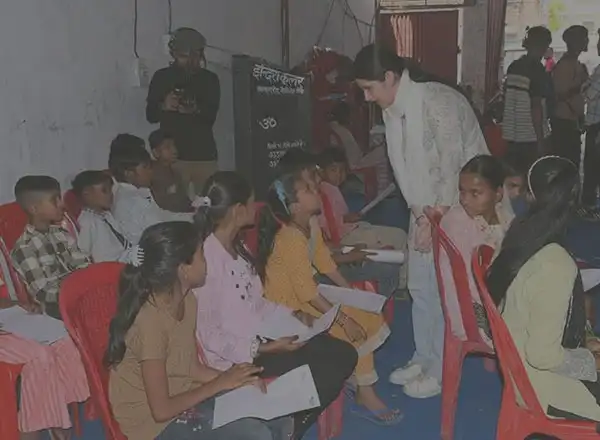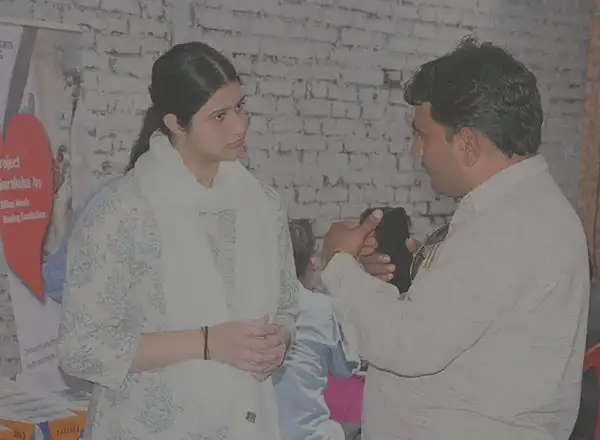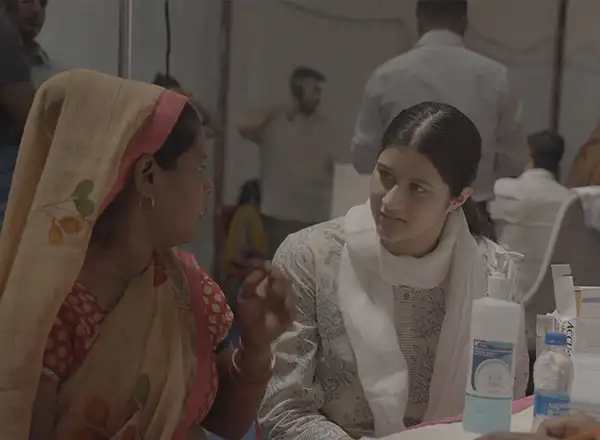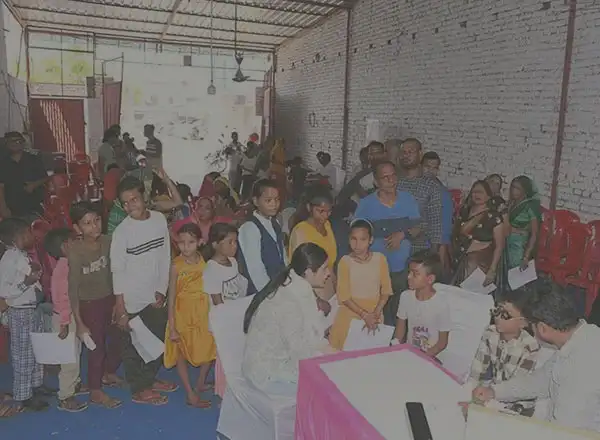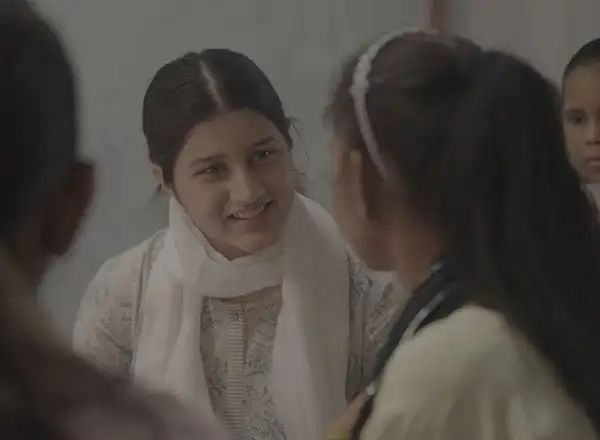In Firozabad, the City of Glass, where the glow of molten furnaces lights up homes and dreams, hundreds of workers spend their days shaping beauty they may never fully see.
To bring the gift of sight to these workers, Drishti Foundation organized free eye check-up camps across the city. The initiative reached out to men, women, and children working in the glass factories, those most vulnerable to eye ailments caused by heat, dust, and constant strain.
At the camps, diagnostic screenings were conducted with care. Medicines, eye drops, and spectacles were distributed free of cost, ensuring that every worker received not just treatment, but also a message — that their health matters, that their vision deserves to be protected.
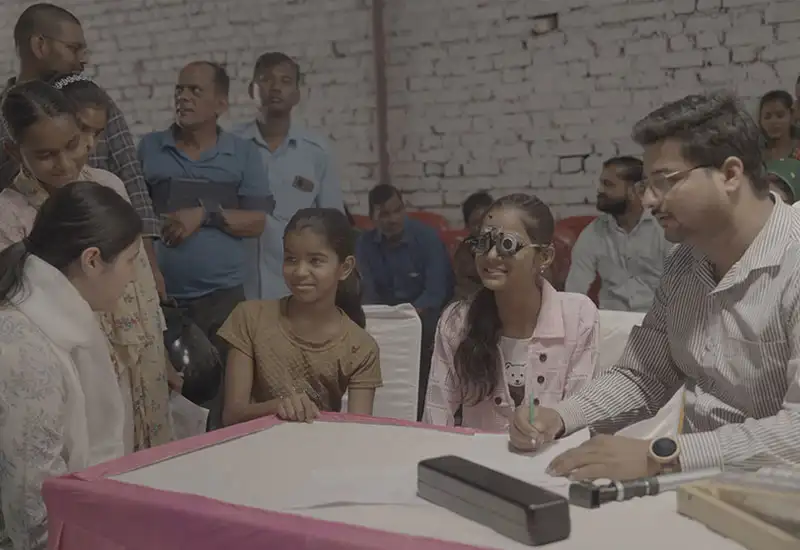
The spark for this initiative began when Ms. Sanjana read about the glass bangle industry of Firozabad. The stories of the people behind its glitter moved her deeply. Months of research revealed the difficult reality - harsh working conditions, high temperatures, and long hours that silently steal away their eyesight.
She could not look away. The Firozabad camps were born from that moment of compassion - to bring light where the glow of the furnace had taken too much, to help children and workers see clearly once more.
For Drishti Foundation, this is not just an eye care drive. It is a promise - to stand beside those who work in the shadows, and to help them see the world they illuminate for others.
Beneficiaries
Doctors
Volunteers
Eye camps
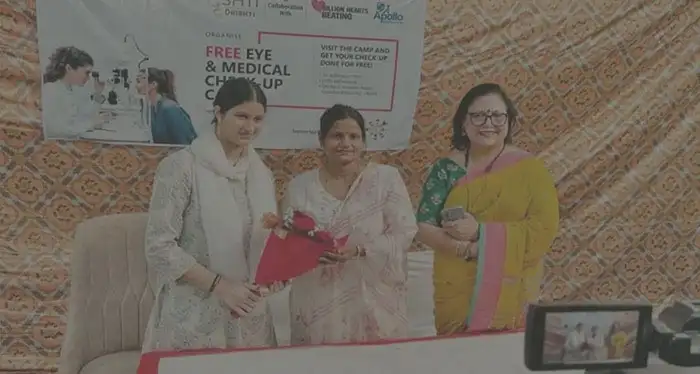
"This was not just a medical camp - it was a movement to spread awareness. Ms. Chauhan’s leadership is truly inspirational for our youth."
"At an age when most youth focus on personal growth, Sanjana is serving society with compassion. Apollo is proud to support Drishti in this noble mission."
"My eyes would burn and blur during household chores. I never realized I had a major vision problem. The free treatment and spectacles have given me a new outlook - quite literally."
"We realize that our eyes are so precious, after the camps set up by Drishti. Thank you so much."
"Night driving had weakened my vision, but I ignored it. The doctors here identified the issue and helped me understand how to manage and treat it. I’m truly grateful."
A 2022 study revealed that over 35% of Firozabad’s glass workers suffer from refractive errors, while 15% experience dryness and irritation. Prolonged exposure to high heat, fumes, and dust inside factories, along with the lack of protective gear and awareness, continues to worsen the situation.
